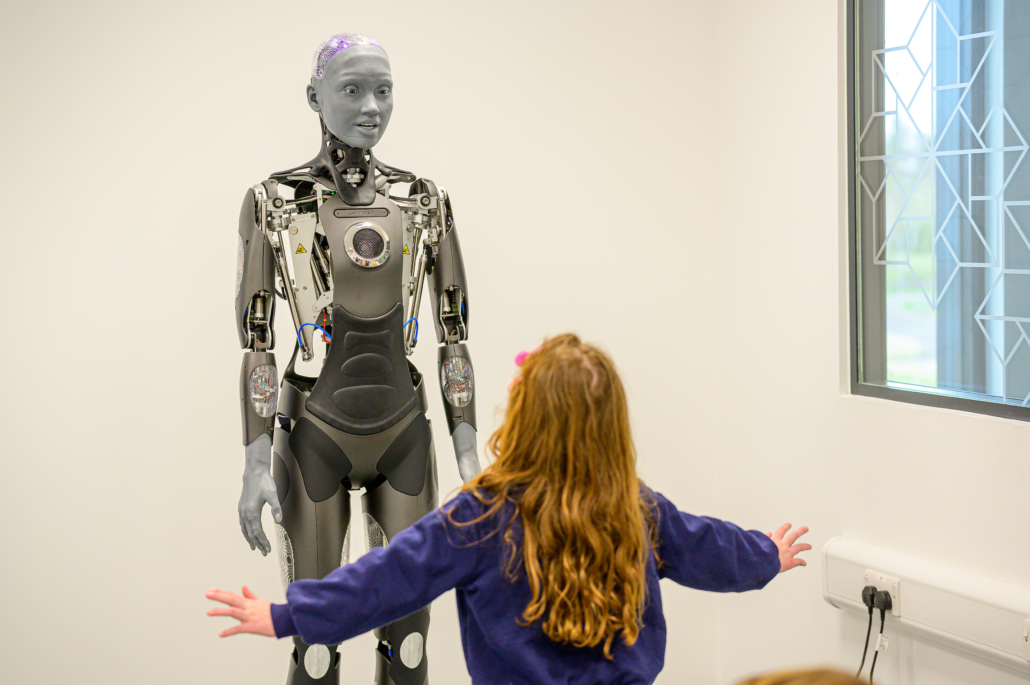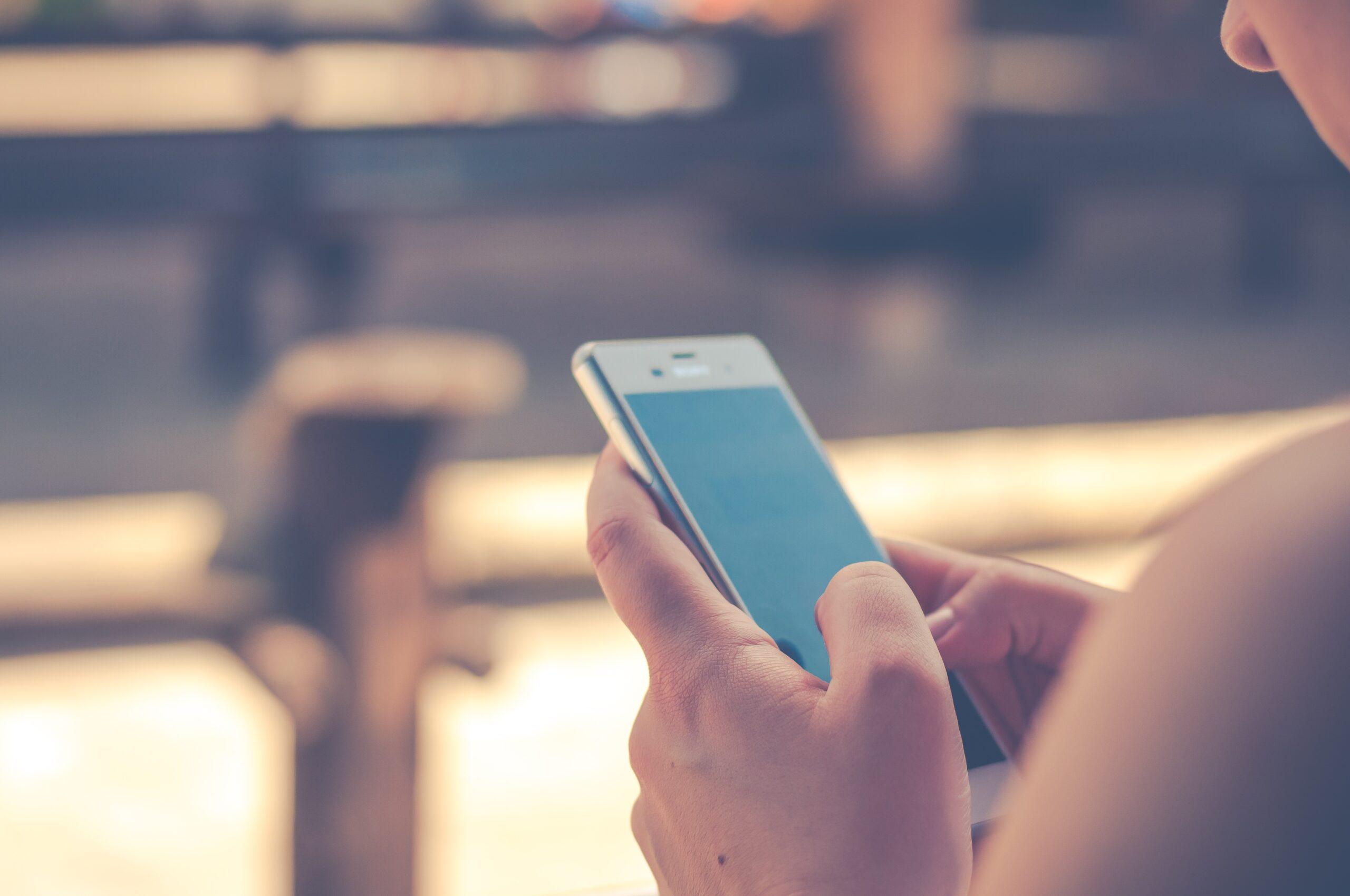Digital chief of gallery group discusses how technology is changing the way art is created and engaged with
A cumulative total of almost 7.5 million people visited Tate’s four galleries across the country last year Credit: PA
Some 120 years ago the site of the former Millbank prison on the banks of the river Thames was turned into the National Gallery of British Art. The gallery was conceived as the new home for works by British artists and housed paintings – many of which had been previously owned by industrialist and philanthropist Henry Tate – for which there was no room in the National Gallery.
Today, that gallery – plus three more across Britain – bears the name of the man whose donation prompted its founding in 1897. The flagship Tate Britain gallery, as it is now known, welcomed more than one million visitors last year. Its younger sibling, Tate Modern, attracted close to six million people – making it the UK’s third-most-visited attraction. In 2016 other Tate galleries in Liverpool and St Ives were visited by 617,000 and 51,403 art-lovers respectively (pictured above is Tate Liverpool’s Transmitting Andy Warhol exhibition which ran from November 2014 to February 2015).
Related content
- #CultureisDigital – DCMS asks for your tweets as it looks to help art and tech unite
- Science Museum Group seeks partner for data-discovery quest
- Government cuts ‘hampering digital economy’
In addition to the close to 7.5 million people who went to its physical galleries last year, Tate’s website attracted roughly double that number of visitors. A website refresh conducted in 2016 is just one strand of a digital strategy that Tate has been pursuing for several years.
The gallery group, whose core funding is a grant-in-aid from the Department of Digital, Culture, Media, and Sport, remains committed to driving new models of creating and engaging with art, as Ros Lawler, Tate’s digital director, tells PublicTechnology.
PublicTechnology: What does your role entail?
Ros Lawler: I oversee the Digital team who run Tate’s website, app, in-gallery digital experiences, and e-commerce. We also create digital content and films.
What, in brief, is Tate’s digital strategy?
Tate Digital champions art and artists by creating rich digital experiences to showcase our collection, galleries and exhibitions. We want to make art accessible to everyone. We balance the needs of visitors who come to the galleries with those who want to learn, participate, and engage with art and artists on digital platforms. By providing compelling digital experiences, Tate will significantly grow its audience and monetise the online traffic.
How, in recent years, have digital technologies and platforms changed the way Tate engages with its audience – and with artists?
Digital has enabled us to reach much bigger and broader audiences – last year over 15 million people visited our website, including international audiences and those unable to visit the physical galleries. Social media, in particular, enables us to reach people who might not previously have engaged with Tate or art. For example, a 360-degree video of Georgia O’Keeffe was viewed 3.5 million times in one week on Facebook.
Many people cannot visit our galleries – due to location – and only a relatively small percentage of the collection is on display at any given time
We also use digital to enhance the visitor experience within the galleries. The Tate app, which was launched last year, helps visitors to find their way around the galleries and has information – written and audio – on all of the artwork on display, and on all the activities which are running. The Drawing Bar at Tate Modern (gallery exterior pictured below left; Credit PA) is always busy with visitors creating their own artworks to share, inspired by the art they have seen. Our Digital Timeline lets visitors explore the collection and artworks on a large interactive touch screen.
Can you cite some examples of how digital has helped you better engage with audiences and/or artists, or do so in ways you would not have previously been able to?
In addition to the examples above, Tate’s annual IK Prize has let us trial innovative digital experiences. The annual competition invites ideas for how to use digital to engage the public with art. The results have included remote-controlled robots roaming the galleries at night and Recognition, which used artificial intelligence to match news photography with art from Tate’s collection. Over 150,000 people have interacted with these projects.
Is Tate’s digital strategy mostly about digitising your existing collections, or has it helped you engage with new forms of digitally created or presented art?
Much of our collection is already digitised. Our focus now is on discoverability – helping people to find more artworks and content.
How, in essence, does Tate view its digital operations – as an adjunct to your physical galleries, as something woven into all your other operations, or as – effectively – a gallery or collection in its own right? Or, perhaps, as all of the above?
 I would say it is woven into our operations rather than stand-alone.
I would say it is woven into our operations rather than stand-alone.
Can digital platforms ever, truly, be a meaningful substitute for viewing art in person?
They are not intended to be a replacement for the physical experience, however many people cannot visit our galleries – due to location – and only a relatively small percentage of the collection is on display at any given time. The website and app make much more of Tate’s collection accessible to far broader audiences, along with engaging content.
How will Tate’s use of digital continue to evolve?
We will continue to improve the user experience, both online and in galleries, and to work with new technology on innovative projects.



